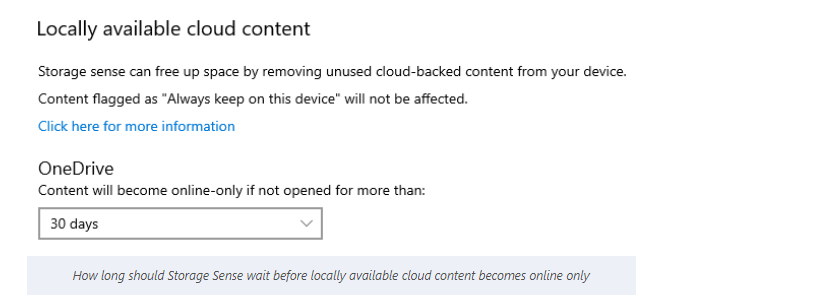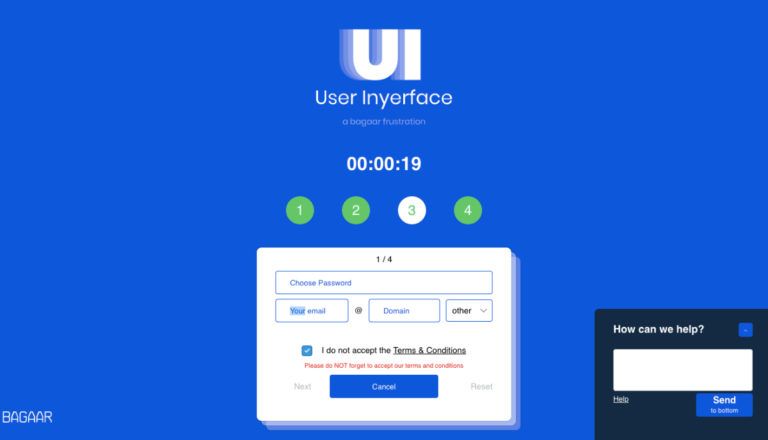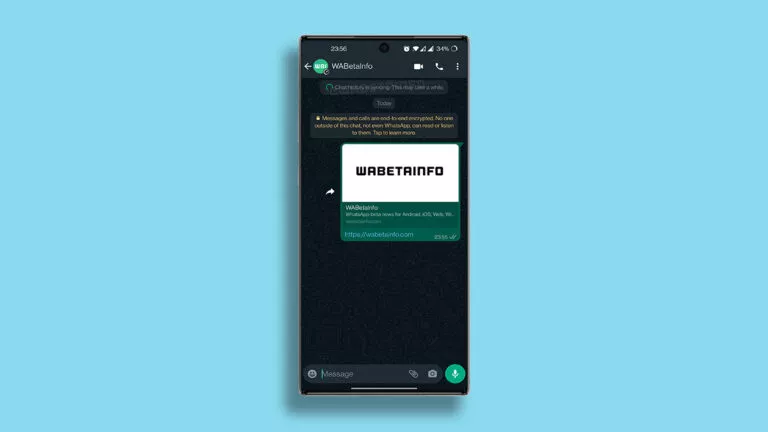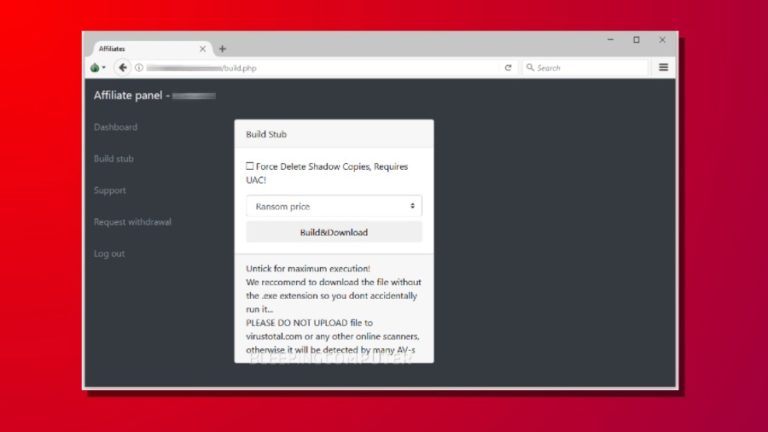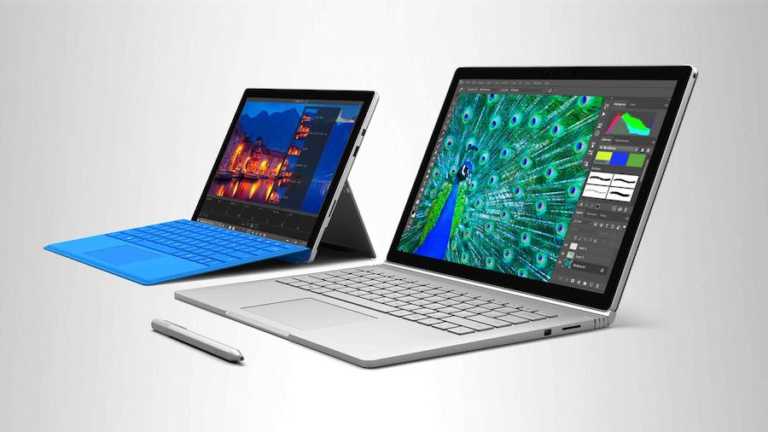Windows 10 Will Automatically Upload Rarely Used Files To OneDrive
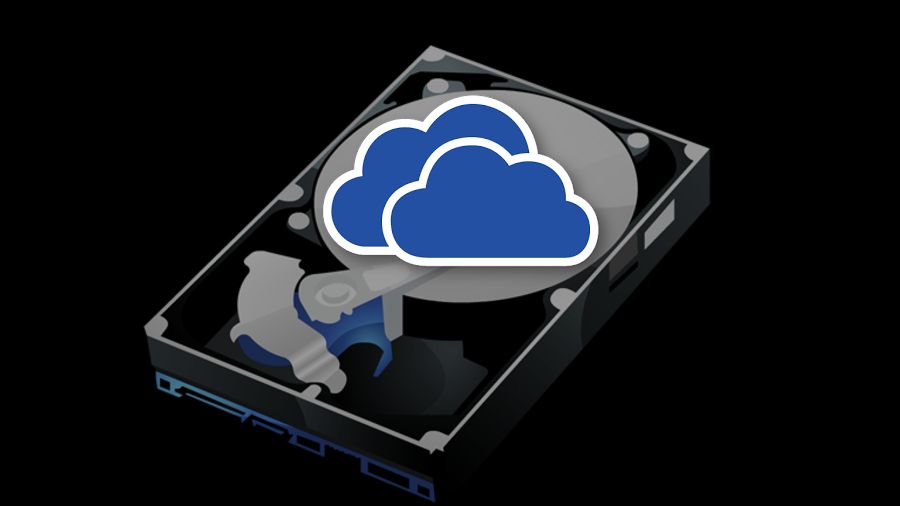
Windows 10’s new update Redstone 5 which is set to be released in October will change the way how files are managed and cleaned to free up the storage.
Announcing Insider Build 17758, Microsoft said the Storage Sense feature will automate the task of managing files by automatically removing the local copies of “older, unused” files. The process is called dehydration and it won’t affect the files are flagged as “Always keep on this device”.
The system will choose files by the date when it was last opened. The files that haven’t been opened for a long time will be uploaded to OneDrive to free the local storage.
A placeholder pointing to the file stored on the OneDrive will replace the original file. When the user needs to access the files uploaded to OneDrive, data will be retrieved seamlessly from the cloud storage using the placeholder.
However, Storage Sense isn’t going to ruthlessly upload all of your old files you have forgotten they even exist. The dehydration will only happen when your PC is low on storage. So, if you have like a terabyte of storage, the cleaning day might never come.
Storage Sense is already capable of removing files such as system logs and image thumbnails that are not used but occupy the space in the memory. The cleanup process by Storage Sense is executed periodically or automatically when the system is running low on the disk space.
You can try the feature if you’re running Insider build 17720 and above. Go to Settings > System > Storage. Click on “Change how we free up space automatically”.
Also, this shouldn’t be confused with the existing Files-on-demand feature which makes OneDrive files available for offline use.
Bye Bye Disk Cleanup
The disk cleanup tool on Windows has been doing the job of removing useless stuff for years. But Microsoft has given a sort of official farewell to it.
The feature is being deprecated in the favor of Storage Sense. However, the old software will be there on Windows 10 for backward compatibility.
Are you excited about the next update to Windows 10?
Also Read: How To Watch Apple’s iPhone Event Online? Follow Our Live Blog Here

